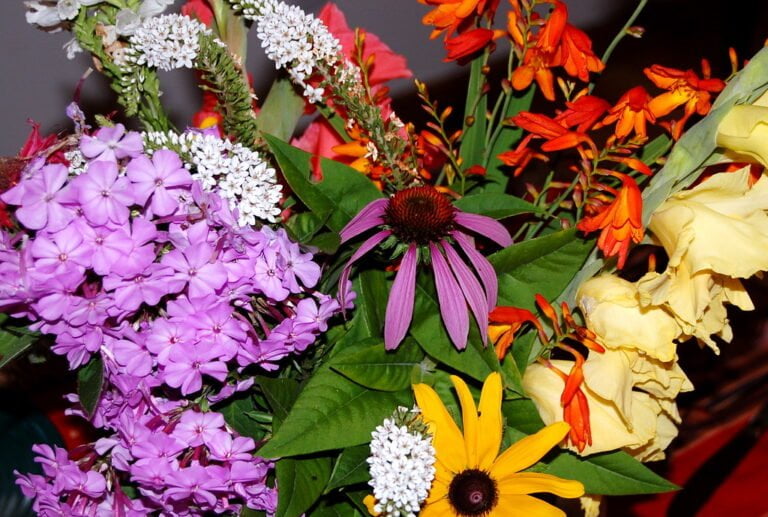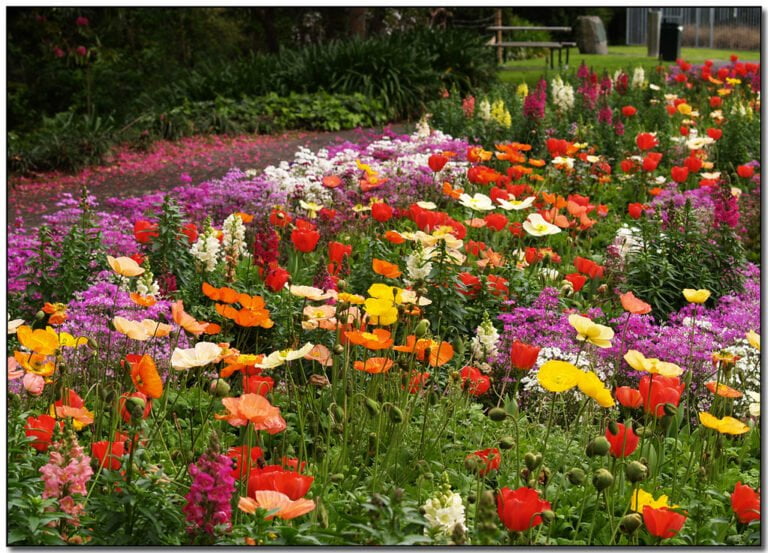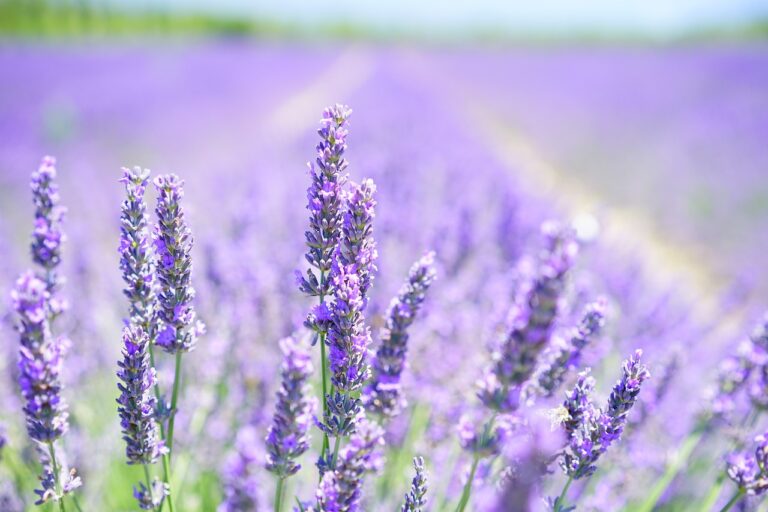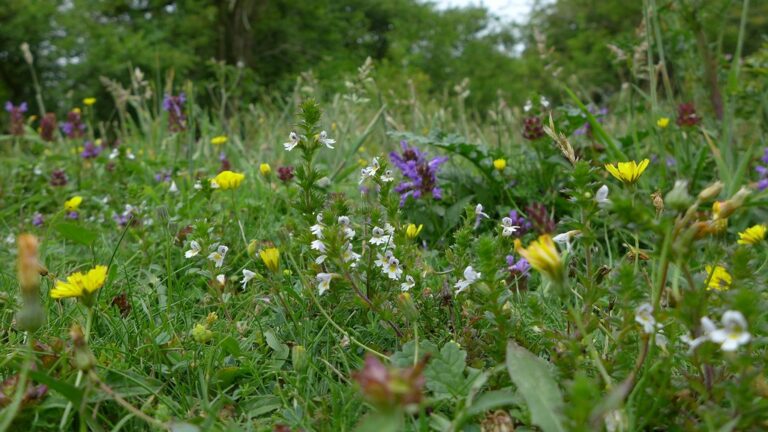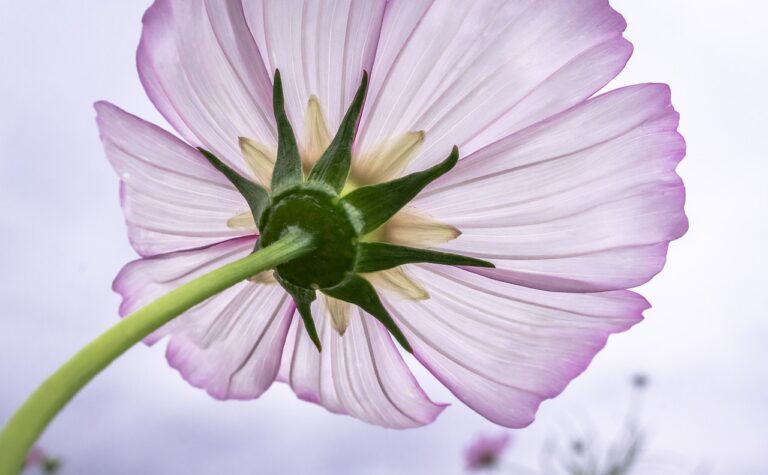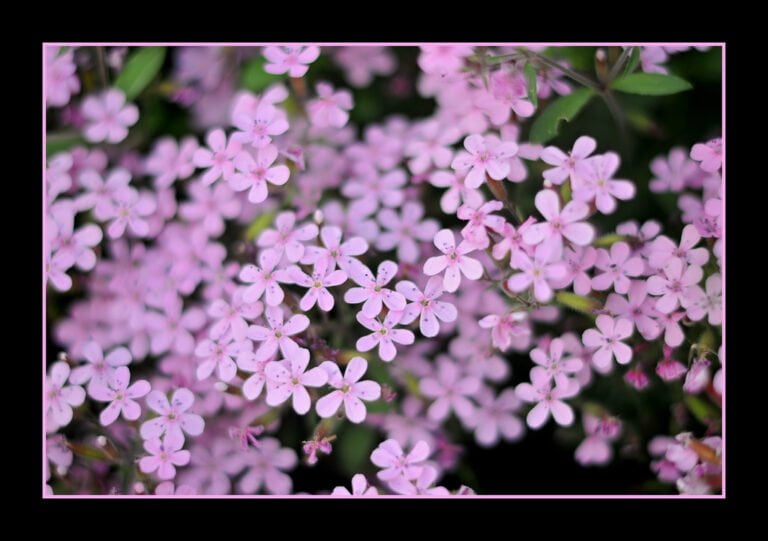Using Flowers to Attract Bees, Butterflies, and Hummingbirds
Do you want to create a vibrant garden that attracts beautiful pollinators like bees, butterflies, and hummingbirds? Look no further! In this article, we'll guide you through the wonderful world of flowers that will entice these amazing creatures to visit and help your garden flourish. With our expert tips and suggestions, you'll be able to design a colorful and inviting space that not only serves as a haven for pollinators but also brings joy and beauty to your surroundings. Let's get started!
Importance of Pollinator-Friendly Flowers
You can increase the presence of pollinators in your garden by planting pollinator-friendly flowers. Incorporating best practices for attracting pollinators is not only beneficial for your garden but also serves a larger purpose of supporting the ecosystem. Pollinator-friendly flowers are essential because they provide a source of nectar and pollen, which are the main food sources for bees, butterflies, and hummingbirds. By planting these flowers, you are creating a welcoming habitat for these important creatures. In return, they will help pollinate your plants, leading to better fruit and vegetable production. Additionally, pollinator-friendly flowers add beauty and color to your garden, creating a vibrant and inviting space for both humans and pollinators alike. So, by choosing to plant these flowers, you are not only serving your own garden but also actively contributing to the well-being of the environment.
Best Flowers to Attract Bees
To attract bees, opt for flowers with bright colors and a high nectar content. Bees are attracted to vibrant hues like yellow, blue, and purple. They are also drawn to flowers with a sweet and abundant nectar supply. Sunflowers, lavender, and asters are some of the top choices when it comes to flowers that bees love. These beautiful blooms not only provide the bees with nourishment but also contribute to the pollination process. By planting these flowers in your garden or yard, you are creating a haven for these important pollinators. Bees play a crucial role in our ecosystem, and by attracting them with the right flowers, you are helping to support their population and ensure the health and vitality of our environment.
Flower Varieties Loved by Butterflies
Butterflies are particularly attracted to a wide variety of flowering plants. If you want to create a butterfly-friendly habitat in your garden, it's important to choose flower varieties that butterflies love. When it comes to flower varieties for shade, there are several options that are sure to attract these beautiful insects. One such variety is the butterfly bush (Buddleja davidii), which produces clusters of vibrant flowers that butterflies find irresistible. Another great choice is the cardinal flower (Lobelia cardinalis), with its bright red blooms that are sure to catch the attention of any passing butterfly. And let's not forget about the butterfly weed (Asclepias tuberosa), which not only attracts butterflies but also serves as a host plant for their caterpillars. By incorporating these flower varieties into your garden, you can create a haven for butterflies and enjoy their graceful presence all season long.
Creating a Garden Haven for Hummingbirds
To attract hummingbirds to your garden, consider incorporating flower varieties that are known to attract these vibrant birds. Creating a hummingbird sanctuary in your backyard is not only a beautiful addition to your landscape, but it also provides a safe haven for these delightful creatures. Hummingbirds are attracted to nectar-rich flowers, so planting a variety of these blooms will entice them to visit your garden. Brightly colored flowers, such as trumpet vine, bee balm, and fuchsia, are particularly appealing to hummingbirds. These tiny birds have a high metabolism and need to feed frequently, so having a constant supply of nectar will keep them coming back to your garden time and time again. By creating a garden haven for hummingbirds, you are not only serving these amazing creatures, but also bringing joy and beauty to your outdoor space.
Planning a Colorful Pollinator Garden
You can easily attract bees, butterflies, and hummingbirds to your garden by planning a colorful pollinator garden that features a variety of nectar-rich flowers. By strategically selecting the right flowers, you can create a vibrant garden ecosystem that not only adds beauty to your space but also supports the essential work of pollinators. When choosing flowers, opt for a mix of colors to attract different pollinators. Bees are particularly drawn to blues, purples, and yellows, while butterflies are attracted to bright reds, oranges, and pinks. Hummingbirds, on the other hand, are often enticed by vibrant red and orange tubular flowers. By creating a diverse range of flower colors, you can ensure that your garden becomes a haven for a variety of pollinators, contributing to the health and vitality of your local ecosystem.
Perennial Flowers for Sustainable Pollination
To ensure sustainable pollination in your garden, consider incorporating perennial flowers. These beautiful and long-lasting plants not only add color and beauty to your outdoor space but also provide a reliable source of nectar and pollen for pollinators like bees, butterflies, and hummingbirds. Perennial flower care is relatively easy, as these plants come back year after year and require minimal maintenance. By planting a variety of perennials that bloom at different times throughout the growing season, you can ensure a continuous supply of food for pollinators. Creating a pollinator garden with perennial flowers has numerous benefits, such as supporting local ecosystems, promoting biodiversity, and helping to conserve these important pollinating species. By serving as a haven for pollinators, your garden becomes a vital part of a larger network of habitats that support sustainable pollination.
Annual Flowers for Continuous Pollinator Attraction
By incorporating annual flowers into your garden, you can continue to attract bees, butterflies, and hummingbirds for sustained pollination throughout the year. Annual flowers are a great choice for continuous bloom because they have a shorter lifespan and therefore bloom more frequently compared to perennial flowers. When selecting annual flowers, it's important to choose varieties that are known to attract pollinators. Some popular options include zinnias, marigolds, and petunias. These flowers not only provide a beautiful display of color in your garden, but they also offer a rich source of nectar and pollen for bees, butterflies, and hummingbirds. By carefully selecting your annual flowers, you can ensure a constant supply of food for these important pollinators and create a vibrant, buzzing ecosystem in your own backyard.
Using Native Flowers to Support Local Pollinators
Native flowers play a crucial role in supporting local pollinators. By planting native flowers in your garden, you can provide a much-needed food source and habitat for bees, butterflies, and hummingbirds. Native flowers have evolved alongside these pollinators, making them perfectly suited for their needs. They offer a diverse range of nectar, pollen, and shelter, ensuring a year-round supply of resources. Additionally, native flowers attract a wide variety of pollinators, promoting biodiversity in your garden. By gardening for pollinators, you are not only benefiting these vital creatures but also contributing to the health and sustainability of your local ecosystem. So, why not create a pollinator-friendly garden filled with beautiful native flowers? You will be rewarded with the joy of witnessing the vibrant dance of bees, butterflies, and hummingbirds amidst a tapestry of colorful blooms.
Designing a Flower Bed for Pollinator Diversity
For attracting a diverse range of pollinators, you can design your flower bed with a focus on maximizing pollinator diversity. To achieve this, consider using a variety of flower bed arrangements that cater to different types of beneficial insects. Start by including a mix of native flowers that bloom at different times throughout the year, ensuring a constant supply of nectar and pollen. Incorporate a range of flower colors and shapes to attract a wide array of pollinators, from bees to butterflies and hummingbirds. Additionally, provide a variety of plant heights and structures to accommodate different flying patterns and nesting habits. By creating a flower bed that offers a diverse and abundant food source, you will be sure to attract a vibrant and bustling community of pollinators to your garden.
Tips for Maintaining a Pollinator-Friendly Garden
To maintain a pollinator-friendly garden, you can take simple steps to ensure an abundant and diverse food source for beneficial insects. By following these tips for attracting pollinators, you can create a landscape that not only looks beautiful but also serves as a haven for bees, butterflies, and hummingbirds.
First, choose a variety of flowers that bloom throughout the seasons. This will provide a continuous source of nectar and pollen for pollinators. Additionally, opt for native plants as they are well-suited to the local climate and attract a wider range of insects.
Next, avoid using pesticides and herbicides as they can harm pollinators. Instead, embrace natural pest control methods such as companion planting and introducing predatory insects.
Lastly, provide nesting sites for bees and butterflies. Install bee houses and leave bare patches of soil for ground-nesting bees. Plant host plants for butterfly larvae, such as milkweed for monarchs.
Frequently Asked Questions
How Do Flowers Attract Bees, Butterflies, and Hummingbirds?
Flowers attract bees, butterflies, and hummingbirds through their colorful petals and sweet scents. The different shapes of flowers also play a role in attracting these pollinators. Learn how to create a vibrant garden that serves and delights these creatures.
Can I Attract Multiple Types of Pollinators With the Same Flower?
Yes, you can attract multiple pollinators with the same flower! Having a diverse population of pollinators benefits your garden by increasing pollination and promoting plant diversity. It's a win-win for you and nature!
What Are Some Common Mistakes to Avoid When Creating a Garden for Pollinators?
When creating a garden for pollinators, it's important to avoid common mistakes. Be mindful of planting non-native species, using pesticides, and neglecting the need for diverse flowers. Follow these tips for a successful pollinator garden.
Are There Any Particular Flowers That Are Harmful or Toxic to Pollinators?
Avoid harmful flowers and poisonous plants in your garden to protect pollinators. Some flowers can be toxic to bees, butterflies, and hummingbirds, so do your research and choose pollinator-friendly options instead.
How Can I Encourage Pollinators to Visit My Garden Regularly?
To encourage pollinators to visit your garden regularly, create a haven with pollinator-friendly flowers. By providing nectar, pollen, and shelter, you'll attract bees, butterflies, and hummingbirds. Enjoy the benefits of a vibrant, thriving garden buzzing with life.
Conclusion
In conclusion, by incorporating pollinator-friendly flowers into your garden, you can create a vibrant and diverse ecosystem that attracts bees, butterflies, and hummingbirds. These beautiful creatures play a vital role in pollinating plants and ensuring the survival of our food supply. With careful planning and the right flower choices, you can provide a haven for these important pollinators while adding beauty and color to your outdoor space. So, why not start transforming your garden into a buzzing, fluttering paradise today?

